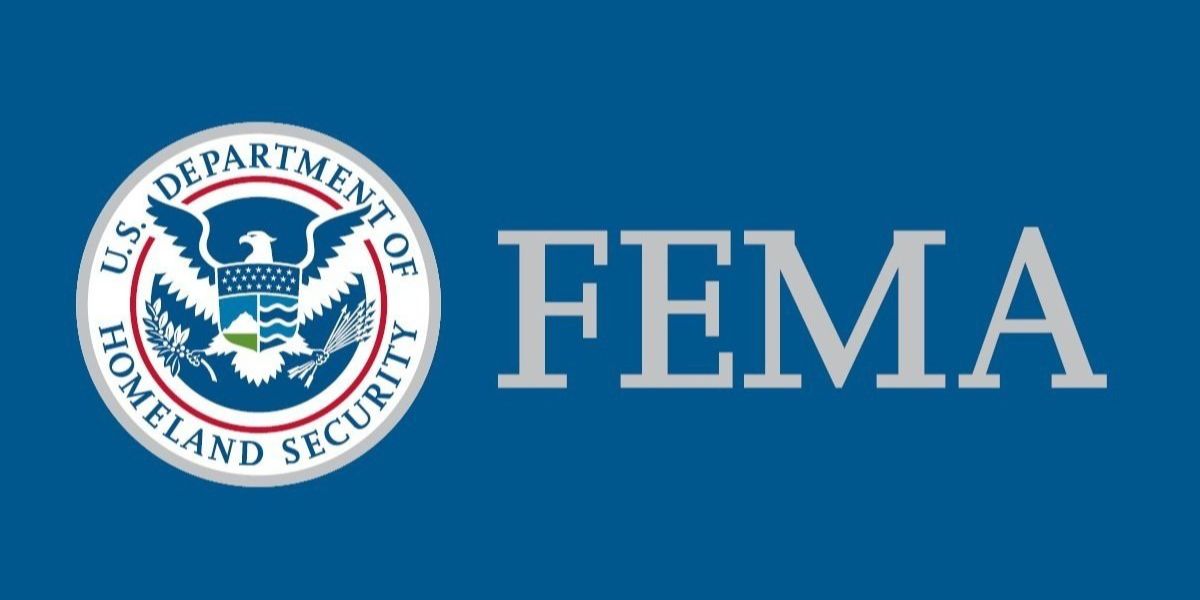
Floods are one of the most common and costly natural disasters, yet many homeowners remain misinformed about flood insurance. Misconceptions can lead to inadequate protection, leaving homeowners vulnerable to significant financial losses. Whether you live in a high-risk area or not, understanding the truth about flood insurance is essential to protecting your home and belongings. In this blog, we’ll debunk some of the most common flood insurance myths and provide you with the facts you need to make informed decisions.
Flood Insurance Myth #1: “My Homeowners Insurance Covers Flood Damage”
One of the biggest misconceptions among homeowners is believing that their standard homeowners insurance policy includes coverage for flood damage. Unfortunately, this is not the case. Most homeowners insurance policies cover water damage caused by internal issues such as burst pipes or roof leaks, but they do not protect against flooding caused by natural disasters like heavy rainfall, hurricanes, or overflowing bodies of water.
Without a separate flood insurance policy, homeowners may face significant out-of-pocket costs to repair structural damage and replace belongings after a flood event. To ensure full protection, it’s crucial to purchase a dedicated flood insurance policy through the National Flood Insurance Program (NFIP) or a private insurer.
What to do instead:
- Review your current homeowners insurance policy to confirm what it does and doesn’t cover.
- Speak with an insurance agent to explore flood insurance options and ensure you have adequate coverage.
Flood Insurance Myth #2: “I Don’t Need Flood Insurance Because I’m Not in a Flood Zone”
Many homeowners assume that if their property is not located in a designated high-risk flood zone, they don’t need flood insurance. However, floods can occur anywhere, and statistics show that over 25% of flood insurance claims come from properties outside of high-risk areas. Unexpected heavy rainfall, poor drainage systems, and nearby construction can all increase the risk of flooding, even in so-called “low-risk” zones.
Living outside of a flood zone does not mean your home is immune to flooding. In fact, lower-risk areas often have more affordable flood insurance premiums, making it a smart investment for homeowners who want peace of mind without a high cost.
What to do instead:
- Use FEMA’s Flood Map Service Center to check your property’s flood risk level.
- Consider purchasing a policy even if you’re in a low- or moderate-risk area to avoid costly surprises.
Flood Insurance Myth #3: “Flood Insurance is Too Expensive”
Many homeowners believe that flood insurance is unaffordable, but the reality is that the cost of not having coverage can be far greater. The average flood damage claim can reach tens of thousands of dollars, far exceeding the annual cost of a flood insurance policy. Additionally, homes located in low- to moderate-risk areas often qualify for lower premiums, making coverage more affordable than many realize.
Several factors influence flood insurance premiums, including the property’s location, elevation, and flood risk zone. Homeowners can also take proactive steps to reduce costs, such as elevating utilities, installing flood barriers, and improving drainage systems around the property.
What to do instead:
- Get a quote from both the National Flood Insurance Program (NFIP) and private insurers to compare rates.
- Consider implementing flood mitigation measures to potentially lower your premium.
- Weigh the potential cost of flood damage against the cost of an insurance policy.
Flood Insurance Myth #4: “Federal Disaster Assistance Will Cover Me”
Some homeowners assume that in the event of a flood, they can rely on federal disaster assistance to cover their losses. However, disaster assistance is not a substitute for flood insurance. Federal aid is only available when a disaster is declared, and even then, it typically comes in the form of low-interest loans that must be repaid, rather than grants that provide full reimbursement.
In contrast, flood insurance offers guaranteed coverage regardless of whether a disaster declaration is made. With a flood policy in place, homeowners can receive compensation to repair their home and replace damaged belongings without taking on additional debt.
What to do instead:
- Don’t rely on government aid alone—invest in a comprehensive flood insurance policy.
- Understand the limitations of federal assistance and how it differs from flood insurance coverage.
Flood Insurance Myth #5: “Flood Insurance Only Covers the Structure, Not My Belongings”
A common misconception is that flood insurance policies only protect a home’s structure, leaving personal belongings unprotected. In reality, flood insurance policies offer two types of coverage: building coverage, which protects the structure itself (e.g., walls, flooring, electrical systems), and contents coverage, which covers personal belongings such as furniture, clothing, and electronics.
While NFIP policies have set coverage limits, private insurers often offer more flexible options, allowing homeowners to customize their coverage to fully protect their valuable possessions. Ensuring you have the right balance of building and contents coverage is crucial to recovering fully after a flood.
What to do instead:
- Review your policy to ensure you have both building and contents coverage.
- Take inventory of your belongings and consider additional coverage if needed.

Flood Insurance Myth #6: “I Can Only Get Flood Insurance Through FEMA”
Many homeowners believe that the only option for flood insurance is through the Federal Emergency Management Agency (FEMA) via the National Flood Insurance Program (NFIP). While the NFIP is a widely used option, it’s not the only one. Private flood insurance providers have entered the market, offering competitive pricing and more comprehensive coverage options that may better suit individual needs.
Private flood insurance policies can offer higher coverage limits, shorter waiting periods, and additional benefits such as temporary housing assistance. Depending on your location and flood risk, a private insurer may provide more tailored coverage at a lower cost compared to NFIP policies.
What to do instead:
- Compare NFIP and private flood insurance options to find the best coverage for your needs.
- Work with an insurance professional to explore all available policies and coverage limits.
Flood Insurance Myth #7: “I Can Buy Flood Insurance Anytime I Want”
Another common misunderstanding is that flood insurance can be purchased at the last minute, just before an impending storm. In reality, most flood insurance policies have a waiting period before coverage takes effect. The NFIP typically enforces a 30-day waiting period from the date of purchase, meaning homeowners who wait until a storm is on the horizon may find themselves without protection.
Private insurers may offer shorter waiting periods, but it’s still essential to plan ahead to ensure you’re covered before flood season begins. Waiting until flooding is imminent could leave you facing costly repairs with no financial assistance.
What to do instead:
- Purchase flood insurance well in advance to avoid coverage gaps.
- Review policy terms carefully to understand waiting periods and coverage start dates.
Conclusion
Flood insurance is an essential safeguard for homeowners, yet misconceptions often prevent people from securing the coverage they need. From the mistaken belief that standard homeowners insurance covers floods to the false assumption that federal aid is enough, these myths can leave homeowners unprotected and vulnerable to costly damages.
By debunking these common myths and understanding the facts, you can make informed decisions about flood insurance and ensure your home and belongings are adequately protected. Whether you live in a high-risk flood zone or not, taking proactive steps to assess your flood risk and invest in proper coverage can save you from financial and emotional distress in the long run.
Next Steps:
- Review your current insurance policy to identify any gaps in flood coverage.
- Speak with an insurance agent to explore your flood insurance options.
- Take proactive measures to protect your home from potential flood damage.


